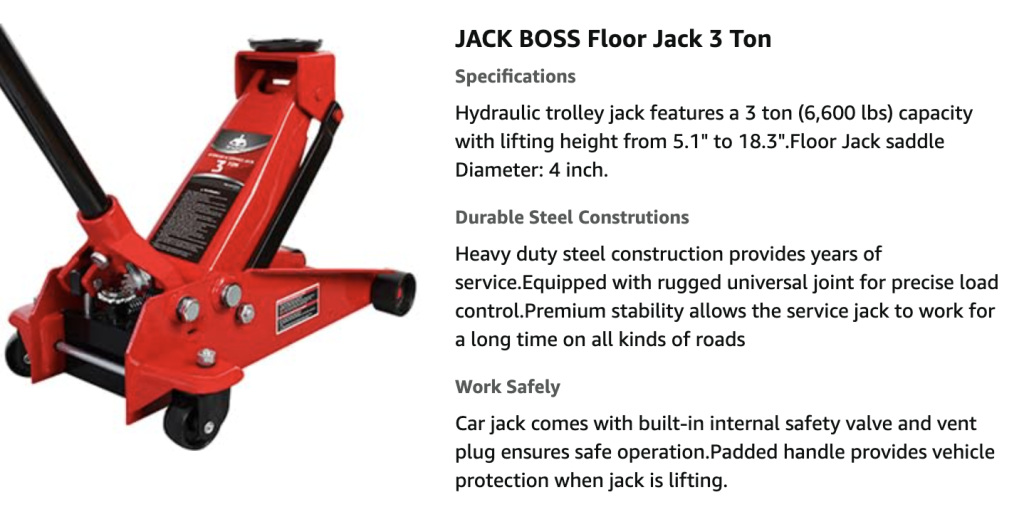Hot tubs provide a relaxing retreat, but like any mechanical equipment, they may require repairs over time. Whether it’s for routine maintenance or addressing a specific issue, knowing how to properly lift a hot tub for repair is crucial to ensure safety and effective troubleshooting. In this guide, we’ll walk you through the steps to safely lift and support a hot tub, making the repair process smoother and more manageable.
Table of Contents
- Understanding the Importance of Proper Lifting
- Why Lifting Safely Matters
- Gathering the Necessary Equipment
- Tools and Materials You’ll Need
- Preparing the Hot Tub for Lifting
- Draining the Water
- Removing Accessories
- Choosing the Right Lifting Method
- Using Lifting Straps
- Using a Hot Tub Lifter
- Lifting the Hot Tub
- Step-by-Step Lifting Process
- Supporting the Hot Tub
- Placing Blocks or Supports
- Completing the Repair
- Addressing the Issue
- Reassembling and Testing
- Safety Precautions
- Tips for Injury Prevention
- FAQs About Lifting a Hot Tub for Repair
1. Understanding the Importance of Proper Lifting
Before attempting any repair, it’s crucial to understand why lifting a hot tub safely matters. Hot tubs are heavy, ranging from hundreds to over a thousand pounds, and improper lifting can lead to injuries or structural damage.
2. Gathering the Necessary Equipment
To lift a hot tub safely, you’ll need specific equipment such as lifting straps, a hot tub lifter, or sturdy wooden blocks. Additionally, having basic tools like wrenches and screwdrivers on hand is essential.

3. Preparing the Hot Tub for Lifting
Begin by draining the water from the hot tub to reduce its weight. Next, remove any accessories, covers, or components that might obstruct the lifting process.
4. Choosing the Right Lifting Method
Depending on the available equipment, you can choose between using lifting straps or a hot tub lifter. Lifting straps are versatile and can be used with the help of friends, while a hot tub lifter is specifically designed for this purpose.
5. Lifting the Hot Tub
Lifting a hot tub requires careful coordination and communication among the team members. Following the appropriate lifting method, gradually raise the hot tub from its original position.
6. Supporting the Hot Tub
Once lifted, position sturdy wooden blocks or supports beneath the hot tub to ensure it remains stable and secure during the repair.
7. Completing the Repair
With the hot tub safely lifted and supported, you can now address the repair issue. Whether it’s fixing a leak, replacing a component, or troubleshooting an electrical problem, follow the necessary repair steps.
8. Safety Precautions
Prioritize safety by wearing appropriate protective gear, using proper lifting techniques, and avoiding sudden movements that could lead to accidents.
Conclusion
Knowing how to lift a hot tub for repair is an essential skill for any hot tub owner. By following the steps outlined in this guide, you can ensure both your safety and the successful completion of necessary repairs. Remember, if you’re uncertain about any step, it’s advisable to seek professional assistance to avoid unnecessary risks.
FAQs About Lifting a Hot Tub for Repair
- Can I lift a hot tub by myself? It’s not recommended to lift a hot tub alone due to its weight. Always have a team of people or appropriate lifting equipment.
- What if I don’t have lifting straps or a lifter? In the absence of specific equipment, using sturdy wooden blocks and teamwork can help lift the hot tub safely.
- How can I prevent damage to the hot tub during lifting? By following proper lifting techniques and using appropriate supports, you can minimize the risk of damage.
- Is it safe to perform repairs myself? Simple repairs like replacing components or fixing minor leaks can often be done by homeowners. However, for complex issues, seeking professional assistance is advisable.
- What if I encounter unexpected problems during the repair? If you encounter unexpected issues, it’s best to stop the repair process and seek guidance from a professional to avoid further complications.



